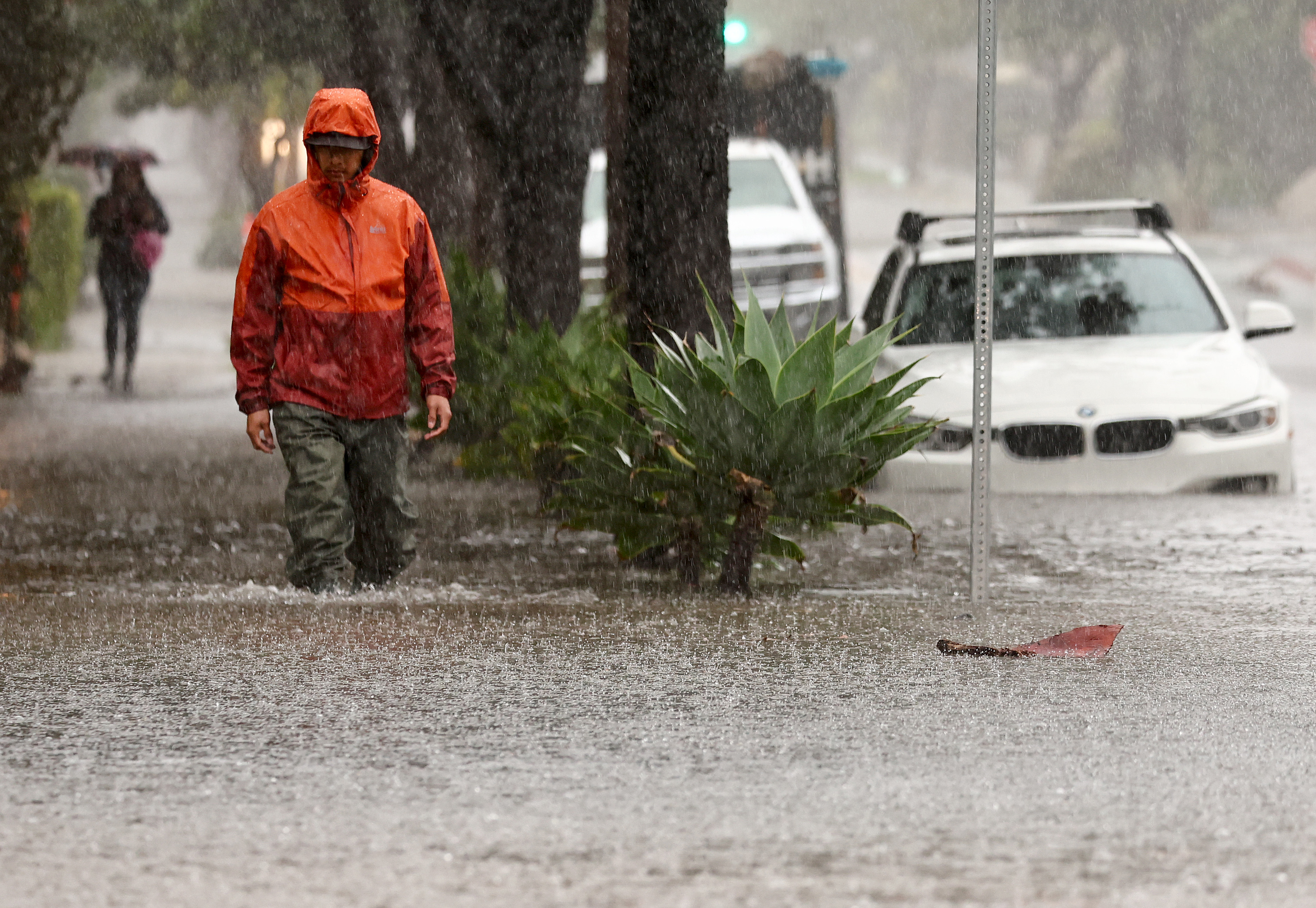The death penalty was originally authorized in California under the Criminal Practices Act of 1851. Today, there are more than 730 inmates on the largest death row in the United States, but due to a series of court decisions, legal challenges and changes in methodology, there have been no executions in California since 2006.
As of March 2019, there are 737 inmates on death row in California. Seventy-nine condemned inmates have died of natural causes since 1978, when the state reinstated capital punishment after a series of legal challenges. An additional 26 inmates died by suicide.
California has executed 13 inmates since re-instatement. Two of California's inmates were executed in other states.
List: Inmates on Death Row in California
Below, a timeline of key moments, events, decisions and elections that shaped the history of capital punishment in the Golden State.
Feb. 14, 1872: The death penalty is incorporated into state penal code. Executions at the time were carried out by hanging at San Quentin and Folsom state prisons.
Aug. 27, 1937: Hanging is replaced by lethal gas as the method of execution in California.
California
News from across California
1938: A gas chamber is installed at San Quentin State Prison. In December, the first execution by lethal gas is carried out. A total of 194 people would be executed by gas through 1967.
May 1, 1942: The last execution by hanging is conducted at San Quentin State Prison. A total of more than 315 inmates were put to death by hanging at San Quentin and Folsom.
1967: The first of several legal challenges are mounted against use of the death penalty. For the next 25 years, there are no executions in California.
February 1972: The state Supreme Court finds the death penalty constitutes cruel and unusual punishment. More than 100 inmates are removed from death row and sentenced to life without possibility of parole.
November 1972: California voters amend the state constitution. The following year, a law makes the death penalty mandatory in specific criminal offenses, such as kidnappings in which the victim dies, fatal train wrecking, treason, and some cases of first degree-murder.
1973: The U.S. Supreme Court rules that the death penalty is unconstitutional as it is being administered in some states.
1976: The death penalty statue is ruled unconstitutional by the California Supreme Court. Seventy inmates' sentences are changed.
1977: State lawmakers re-enact capital punishment under a new statute.
November 1978: California voters approve Proposition 7, which reaffirms the death penalty.
April 21, 1992: Executions resume with the death of Robert Alton Harris at San Quentin's gas chamber.
January 1993: State law allows condemened inmates to choose -- lethal gas or lethal injection.
October 1994: The use of cyanide gas is ruled unconstitutional by a federal judge. The ruling is upheld on appeal nearly two years later.
Feb. 23, 1996: Serial killer William Bonin is put to death, becoming the first California inmate killed by lethal injection.
Feb. 21, 2006: The execution of Michael Angelo Morales, sentenced for kidnapping, rape and murder, is stayed when he claims that the prison's method of lethal injection would violate the Eighth Amendment's prohibition of cruel and unusual punishment.
Dec. 15, 2006: A U.S. District Court ruling states that the state's lethal injection protocol presents "an undue and unnecessary risk that an inmate will suffer pain so extreme that it offends the Eighth Amendment." The governor orders a review.
July 2010: After several drafts, the state's corrections department rules for lethal injection regulations are approved by the Office of Administrative Law.
Feb. 21, 2012: A court-issued injunction prevents the Department of Corrections and Rehabilitation from executions after ruling that its lethal injection regulations don't comply with the Administrative Procedure Act. The ruling is upheld after an appeal.
April 19, 2012: A petition by the victim's relatives cites an excessive delay in the case of death row inmate Michael Morales, whose execution was stayed in 2006. A court of appeal denies the petition.
Nov. 6, 2012: A ballot measure to repeal capital punishment as the maximum punishment for people found guilty of murder is rejected. If voters approved Prop 34, life in prison without possibility of parole would have become the maximum penalty.
November 2012: There are 728 people on death row in California.
July 16, 2014: The U.S. District Court says the death penalty constitutes cruel and unusual punishment because of delays in the appeals process. The death sentence of inmate Ernest Dewayne Jones is vacated.
June 29, 2015: The U.S. Supreme Court rules that the sedative midazolam can be part of lethal injection protocol.
Nov. 12, 2015: A three-judge panel reverses the district court ruling.
Nov. 8, 2016: There were two competing measures on the General Election ballot. Prop 62, which would have repealed the death penalty, was defeated. Prop 66, passed by voters, keeps the death penalty and sets time limits on legal challenges.
Nov. 9, 2016: A challenge to Prop 66 is filed with the Supreme Court of California. The measure is upheld and the law becomes effective in October 2017. Currently, there are state and federal legal cases challenging the state's execution protocol.
March 2019: Gov. Gavin Newsom announces plans for a death penalty moratorium. There are 737 inmates on California's death row.
Editor's Note: Some information provided by the California Department of Corrections and Rehabilitation.



